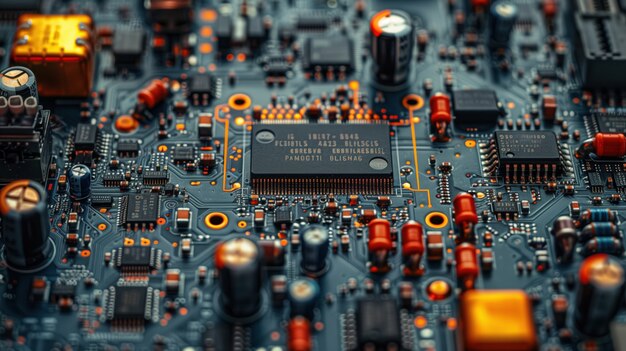
Sponsored article
Are you at the brink of starting a new project and unsure of which microcontroller to use? Do not fret. This article will shed light on the diverse world of microcontrollers, outline the pivotal factors to consider in your selection process, and provide you with a comprehensive guide to navigating your options. No more confusion, only clear and concise information to aid your project’s success.
Microcontrollers serve as the digital brain of a project, holding considerable importance due to their expansive range of applications. They come in diverse types, each having its unique strengths dependent on the project requirements. Key types include 8-bit microcontrollers which are cost-effective and energy-efficient, making them suitable for smaller projects; 16-bit microcontrollers that offer a balance between affordability and performance for medium-sized projects, and 32-bit microcontrollers, ideal for projects demanding high processing power. Understanding the importance of microcontrollers in projects crucially governs the project’s success. Your project’s requirements, complexity, and budget will directly determine the choice of microcontroller.
When choosing a microcontroller for your project, several crucial factors need to be kept in mind. An important one is power consumption. Ideally, a microcontroller should be energy-efficient to lessen operational costs and lengthen battery lifespan. The performance factor should never be overlooked as it signifies the CPU speed and operational efficacy, affecting how effectively your project runs. Memory, both RAM and ROM, is also essential since it determines how much data your microcontroller can process and store. Lastly, always consider cost-effectiveness. You should choose a microcontroller that provides a balance of cost and functionality that suits your project’s needs and budget.
Selecting the right microcontroller for your project can seem daunting, but a step-by-step guide can simplify this process. The first step is to identify the needs of your project – computation power, power consumption, memory size or input/output capabilities. Review your list and start comparing microcontrollers, eliminating those that don’t meet your specifications. Your ideal microcontroller will be the perfect balance between functionality and cost. It’s also essential to consider the vendor’s reputation and the support and resources available. By following this step-by-step guide, you can confidently select the right microcontroller that fits your project requirements.